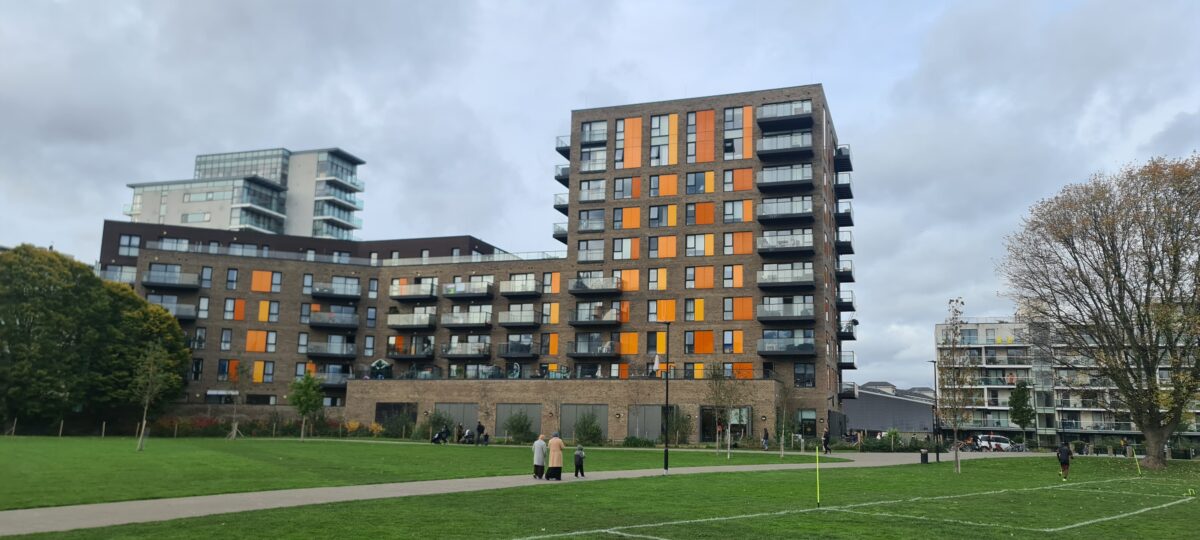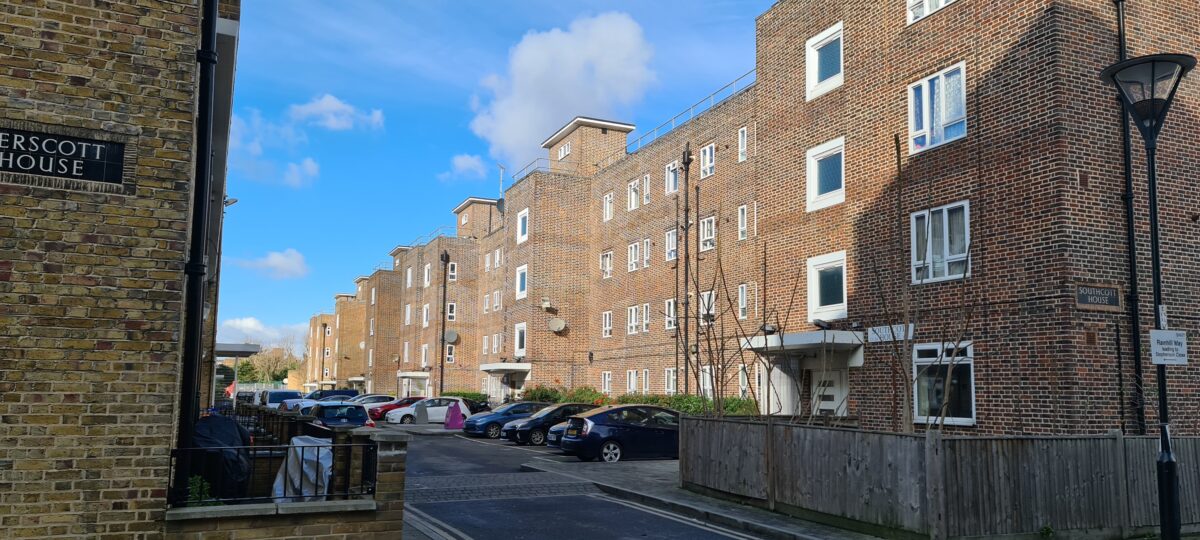By Paul Brannen, former MEP 2014-19
With 40 per cent of global climate emissions sourced from the built environment, a future Labour government will need to be alert to the danger that its welcome pledge to build 1.5 million homes could exacerbate climate breakdown. The good news is that the exact opposite is also possible: every desperately needed new home could also help address the climate crisis.
Why is the built environment such a major cause of climate breakdown? Concrete, steel, bricks and breeze blocks can only be manufactured using large amounts of energy, energy which is still predominately sourced from the burning of fossil fuels. Concrete is an acute problem because, as well as the energy needed, the manufacturing process of extracting the lime from the limestone triggers a chemical reaction resulting in the release of CO2 into the atmosphere. In fact, concrete is responsible for a staggering eight per cent of total global carbon emissions. Steel is almost as problematic but is partly redeemed by its high recycling rates. Currently, virtually everything we build has an unnecessarily large carbon footprint.
The CO2 emissions do not cease once construction is complete, as buildings in the UK typically need to be heated for more than half the year and, increasingly, cooled for the rest of the year due to warmer summers. Again, this is mainly done using energy sourced from fossil fuels. In this case, the solution is much better insulation but, even our newbuilds use far greater energy than those in comparable countries.
![[Global CO2 emissions by sector – source UN Environmental Global Status Report 2017]](https://redbrickblog.co.uk/wp-content/uploads/2024/05/PB1.jpg)
[Global CO2 emissions by sector – source UN Environmental Global Status Report 2017]
Is there then a material out there that we could use as a substitute for concrete, steel, brick and block? Yes: Timber! Scotland, Canada, the USA and the Nordic countries build 80 per cent of their family homes with timber frames. But England builds less than 20 per cent. Does it matter? Yes. Timber’s carbon footprint is considerably lower than most construction materials, plus it also stores carbon – a virtue that will be of increasing importance in achieving net zero.
Recent developments with a material known as engineered timber (or mass timber in North America) mean that it is now possible to build at height and at scale with timber in urban settings. Labour-led Hackney Council, has the largest concentration of engineered timber buildings in the world – including flats, offices, a cinema and a church.
![[Murray Grove, Hackney, London - the world’s first modern engineered timber tower at nine storeys, built in 2009, Waugh Thistleton Architects]](https://redbrickblog.co.uk/wp-content/uploads/2024/05/PB2.jpg)
[Murray Grove, Hackney, London – the world’s first modern engineered timber tower at nine storeys, built in 2009, Waugh Thistleton Architects]
Professor Michael Ramage of the University of Cambridge calculated that erecting a 300-square-metre, four-storey student residence in wood generated only 126 tonnes of CO2 emissions. If it had been made with concrete the tally would have risen to 310 tonnes. If steel had been used emissions would have topped 498 tonnes. Indeed, the building can be viewed as “carbon negative” as there is the equivalent of 540 tonnes of CO2 stored in the wood, resulting in a long-term subtraction of CO2 from the atmosphere.
A switch to building more with wood rightly raises questions around the supply of sustainable timber, forests, biodiversity, land availability, fire risk and timber builds. I have set out to answer these questions in detail in my forthcoming book Timber! How wood can help save the world from climate breakdown. Suffice to say the construction industry can provide answers to these questions.
Hopefully a Labour government will be up for the switch to timber for the sake of the climate. If so, what should they do to encourage a greater use of timber in construction? Six specific steps should be promoted by an incoming Labour government:
1. Implement the Environmental Audit Committee’s proposal to legislate for mandatory whole-life carbon assessment of all new buildings, including the amount of stored carbon, as part of the planning permission process.
2. Set maximum standards for the carbon footprints of new builds and their energy use, which can then be tightened over time as we aim for net zero in 2050.
3. Incentivise the use of nature-based materials such as timber in construction, including insulation, in part by recognising that the storage of carbon in buildings is a climate benefit.
4. Facilitate education about the use of nature-based materials across the whole of the construction-value chain.
5. Increase the home-grown sustainable wood supply by increasing commercial forest planting.
6. Implement the current government’s 2023 Timber in Construction Roadmap which includes working with industry and academia to identify opportunities and barriers to the use of timber in retrofit and promote best practice and innovation by 2027.
Labour is right to state that there is no magic money tree. There is, however – when it comes to tackling climate breakdown – a magic timber tree. A Labour government can deliver the homes the country desperately needs, and at the same time turn the built environment into a carbon sink rather than a carbon emitter. A win-win for Labour, the country and the climate.
![[There are 1,000 tonnes of carbon safely stored in the timber used to construct the new Founder’s Building at the University of Washington. This climate benefit was recognised, monetised and sold for $150,000].](https://redbrickblog.co.uk/wp-content/uploads/2024/05/PB3.jpg)
[There are 1,000 tonnes of carbon safely stored in the timber used to construct the new Founder’s Building at the University of Washington. This climate benefit was recognised, monetised and sold for $150,000].
…………………………………………………………………………
Timber! How wood can help save the world from climate breakdown will be published in June 2024 and can be pre-ordered https://www.waterstones.com/book/timber/paul-brannen/9781788217354







